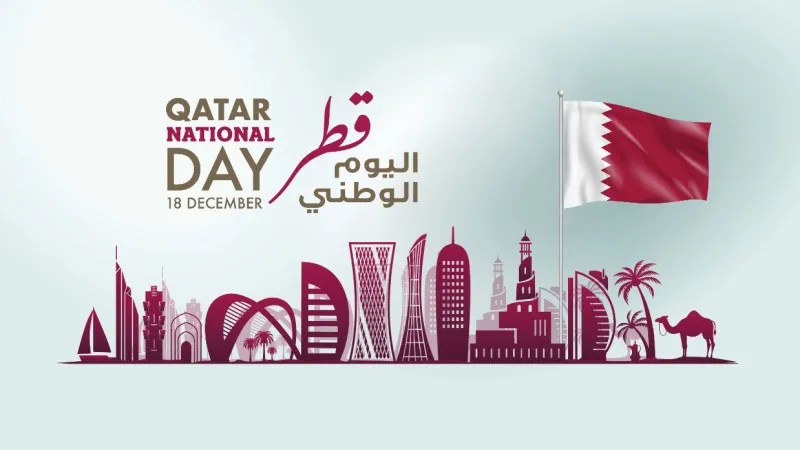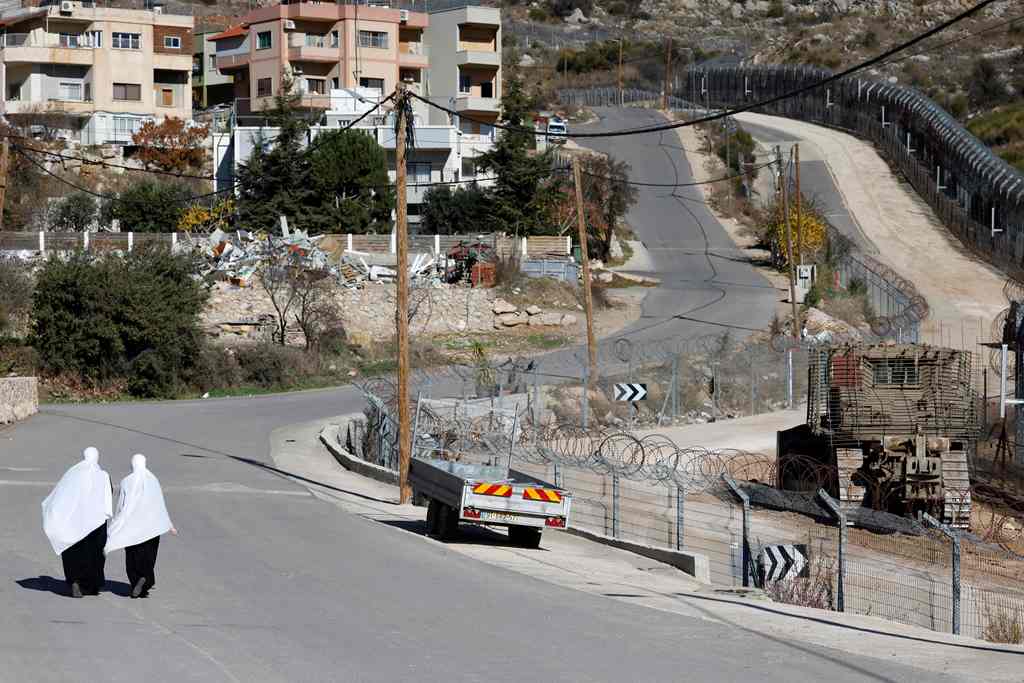Unique and exquisite handicrafts from eight countries are on display for the public.
If you are tired of readily available, store-bought crafts, the Katara Handicrafts Exhibition should be your destination.
The third edition of the Cultural Village’s exhibition opened in Building 48 on Wednesday, offering a variety of handmade crafts from all over the world for 10 days.
Artisans from Qatar, Ethiopia, Syria, Palestine, Tunisia, Morocco, Sudan, and Iran will be displaying and selling their crafts to the public. Their pieces include traditional apparel, wooden accessories, hunting tools, and delicately embroidered pieces of art.
The exhibition follows the success of its previous edition, where artists from Turkey, Syria, Morocco and Iraq showcased their handmade work.
Katara, one of the country’s main cultural hubs, has sought to emphasise the cultural significance of handwoven goods, which played an important role in Qatar and the entire region. For decades, handcrafts filled every nook and cranny of each house and public place, from carpets, vases, cutlery, to furniture.
The opening of the event this week comes as Katara’s Heritage Committee continues to host Handicraft Product Development workshops, which draws in regular craftswomen engaged in different arts, including the Sadu (traditional carpet) industry.
The workshop aims to develop traditional products in efforts of preserving the local traditional heritage, while highlighting the significance of the women’s talents within the art industry. The workshop is conducted once a week for three weeks, throughout the year.
According to Salma Al Nuaimi, cultural advisor at Katara, traditional Qatari crafts are supported and encouraged by the cultural hub to educate artisans on the handicrafts industry and ways to expand their production for the local market.
Read also: Qatari artist collabs with Parisian creative studio for interactive ‘Jardin de lumière’ installation
Recently, Qatar Museums featured Qatari artist Ghada Al Khater’s work as part of the Qatar-France Year of Culture 2020 in France.
The installation, inspired by the Qatari fauna and flora, resembled a Persian carpet with all of its vibrant palettes and distinctive patterns.
As the country is gearing up to host the first World Cup in the Middle East, Qatar has ramped up efforts to display its cultural patterns and artifacts in its stadiums.
The iconic Al Bayt Stadium is designed to mimic traditional tents, while the Al Thumama Stadium resembles the traditional ‘gahfiya’ head cap that is worn by Muslim men around the world.
Follow Doha News on Twitter, Instagram, Facebook and Youtube







